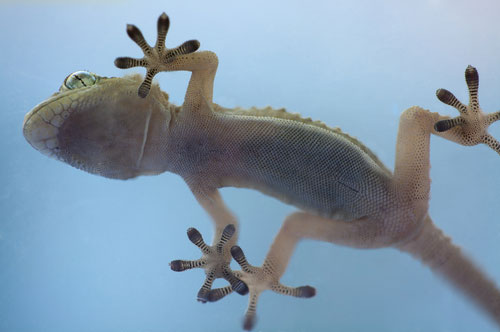What is the definition of biomimicry? Where can we use this concept? What are the best examples of biomimicry and biomimetic applications? How does biomimicry contribute to sustainable development? Let’s find out.
What Is Biomimicry?
Biomimicry (literally: imitation of the living ) aims to take inspiration from natural selection solutions adopted by nature and translate the principles to human engineering. The biomimicry approach aims to favor “choices” tested by nature which had millions of years to understand what works best and what doesn’t. Designs following biometrics will ultimately allow human productions to be more efficient, resilient and sustainable.
Biomimicry Institute Definition Of Biomimicry
According to the Biomimicry Institute, biomimicry can be defined as “an approach to innovation that seeks sustainable solutions to human challenges by emulating nature’s time-tested patterns and strategies. The goal is to create products, processes, and policies—new ways of living—that are well-adapted to life on earth over the long haul.”
A Few Ideas On The Principles Of Biomimicry
The central idea is that nature has already fixed many problems society is facing. Animals, plants, and microorganisms are experienced engineers. They know what works, what’s appropriate, and most importantly, what lasts on Earth. The main belief of the biomimicry approach is that after 3,8 billion years of research and development, what did not work is now a fossil and what is around us is the secret to survival.
Biomimicry is a technological-oriented approach focused on putting nature’s lessons into practice. According to Janine Benyus, biomimicry sees nature as:
- A model. It studies nature’s models and imitates them or uses them as inspiration for designs or processes with the goal of solving human problems
- A measure. It uses ecological standards to judge the rightness of human innovations
- A mentor. It is a new way of observing, assessing and valuing nature
What Is Biomimicry? A Visual Understanding
Biomimicry: Fields Of Application And Perspectives
Biomimicry concerns many sectors of human activity. From medicine to research, industry, economy, architecture and urban planning, agriculture and management… This list is not exhaustive because biomimicry is, above all, a question of how we approach these areas of expertise. Therefore, it may apply more or less directly to all sectors.
The concept of biomimicry is based on a key idea: nature always operates on the principles of economy and efficiency while generating no waste. Remember Lavoir saying “nothing is lost, nothing is created, everything is transformed”? That’s the idea. No matter the field of application, the biomimetic philosophy is part of a global strategy of responsible and sustainable development that aims to balance the way the planet’s resources are used.
Examples Of Biomimicry

- Climbing pads capable of supporting human weight are a mimic of the biomechanics of gecko feet.
- The aerodynamics of the famous Japanese Bullet train was inspired by the shape of a bird’s beak.
- The first flying machine heavier than the air from the Wright brothers, in 1903, was inspired by flying pigeons.
- Architecture is inspired by termite mounds to design passive cooling structures.
- Velcro is born from the observation of the hooks implemented by some plants for the propagation of their seeds via animal’s coat.
- The study of shark skin is at the origin of particularly effective swimming suits, as well as a varnish for planes fuselage
The Norms Of Biomimicry For Companies And Businesses
Although biomimicry is still an emerging sector, there are already some standards backing it up. It’s the case of the International Organization for Standardization (ISO) with ISO 18458 (on the terminology, concepts, and methodology) and the standard ISO 18459 (biomimetic optimization). AFNOR also has a standard known as XP X42-502 that focuses on biomimetic and eco-design.
Images credits to gecko feet on Shutterstock and biomimicry on Shutterstock
